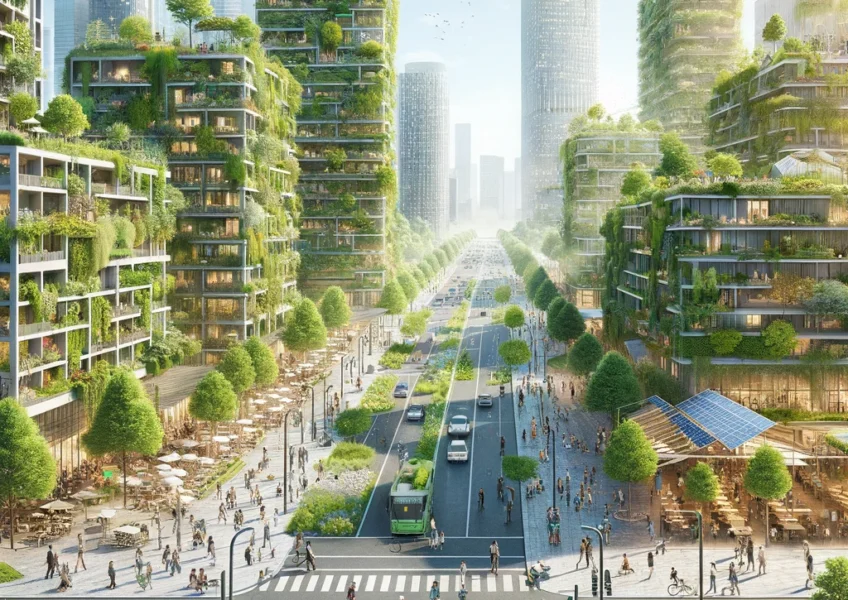Sustainable Practices in Historical Building Renovations
Preserving the Past with Sustainable Futures
Renovating historical buildings presents unique challenges, particularly when balancing preservation with modern sustainability goals. This blog post delves into how architects and builders incorporate sustainable practices into the restoration of historic structures, ensuring these cherished landmarks can continue to be enjoyed by future generations while contributing to environmental conservation.
Key Aspects of Sustainable Historic Renovations
- Energy Efficiency Upgrades: Implementing modern HVAC systems, energy-efficient lighting, and improved insulation while respecting the building’s historical integrity.
- Material Conservation: Reusing existing materials wherever possible and sourcing local or recycled materials that match the historical period of the building.
- Water Conservation: Installing low-flow fixtures and rainwater harvesting systems to minimize water usage without altering the building’s aesthetic.
Balancing Historical Accuracy with Modern Sustainability
Achieving a balance requires careful planning and sensitivity to the building’s historical significance:
- Respect for Original Design: Modifications and upgrades are designed to be reversible, ensuring that the building’s character and value are not compromised.
- Use of Sympathetic Materials: Materials used in renovations are chosen for their environmental credentials as well as their ability to blend seamlessly with the original construction.
- Collaboration with Preservation Experts: Architects often work alongside historians and preservation experts to ensure that renovations respect the building’s heritage and meet modern standards.
Challenges in Sustainable Renovations
While the benefits are significant, sustainable renovations of historic buildings also face several challenges:
- Regulatory and Compliance Issues: Navigating the complex web of preservation guidelines and building codes can be challenging.
- Cost Implications: Often, sustainable renovations require a higher initial investment, though they can lead to long-term savings and increased property value.
- Limited Flexibility: The fixed nature of many historical features limits the extent to which modern systems and materials can be integrated.
Notable Examples of Sustainable Historic Renovations
- The High Line in New York City: Once an abandoned railway line, now a public park that features sustainable landscaping and urban ecology.
- The Retrofit of a 19th-Century Building in London: Incorporating ground-source heat pumps and solar panels without compromising its historical facade.
Reflecting on Sustainability in Preservation
Integrating sustainable practices into historical renovations not only preserves the past but also ensures these buildings can continue to function as viable, efficient spaces in the modern world. This thoughtful approach to renovation demonstrates a commitment to both heritage and sustainability, serving as a model for future projects.




